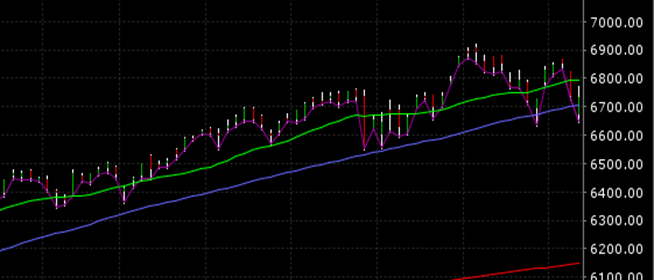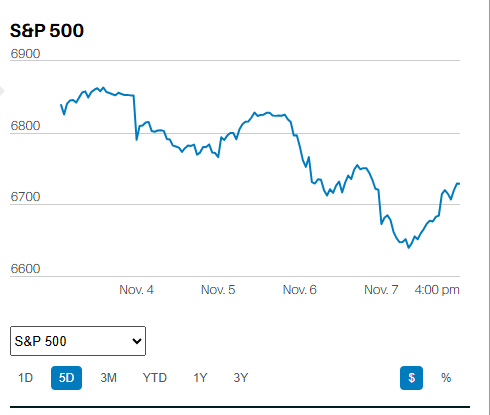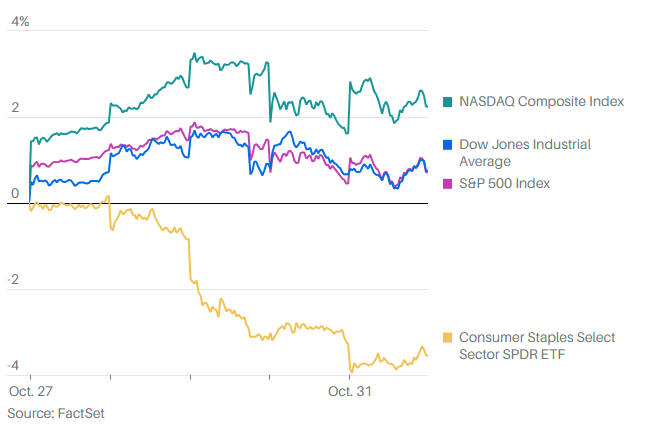
SAFE HARBOR 401(K) PLANS
A Safe Harbor 401(k) plan avoids some nondiscrimination testing. It has certain built-in elements that help all employees save by requiring companies to contribute to their employees’ 401(k) accounts. In return for encouraging more employees to participate the IRS offers employers “safe harbor” from both the nondiscrimination testing process and the consequences of failure.
If you’re thinking about offering a Safe Harbor 401(k), here’s what you need to know.
What are nondiscrimination tests, and how do they affect your 401(k) plan?
A Safe Harbor plan will exempt you from complying with the annual nondiscrimination tests required by law. Two of these tests compare how highly compensated employees (HCEs) and non highly compensated employees (NHCE) use your company’s 401(k):
The Actual Deferral Percentage (ADP) test measures how much income your HCEs contribute to their 401(k), compared to NHCEs. The Actual Contribution Percentage (ACP) test is similar, but it compares employer contributions to HCEs with everyone else.
A third test, the Top-Heavy test, looks at individuals the IRS defines as “key employees” and measures the value of the assets in their 401(k) accounts, compared to all assets held in the 401(k) plan. To get a detailed look at all these definitions, how the tests are applied, and see examples, check out our overview of the three 401(k) nondiscrimination tests.
If your plan fails any of these tests, you’ll have to deal with some administrative hassle, potentially expensive corrections, and the possibility of refunding 401(k) contributions. A Safe Harbor 401(k) helps you avoid all the uncertainty surrounding annual testing.

Setting up a Safe Harbor 401(k) plan
Does passing these tests seem like a bit of a pain? If so, a Safe Harbor 401(k) might be a better way to go because it generally allows your plan to skip testing altogether.
Safe Harbor plans require that you create incentives to encourage more of your employees to take advantage of your 401(k), by matching or otherwise contributing. The requirement is important because it can help increase savings.The requirement is also important because Americans are abysmal at saving for retirement. According to the Economic Policy Institute (EPI), close to half of all American families don’t have any retirement savings. Among families nearing retirement, the median savings is only $17,000.
In exchange for letting your plan avoid nondiscrimination testing, you’ll have to follow some rules to make sure your plan benefits all your company’s employees.
Requirements for a Safe Harbor 401(k)
The main requirement for a traditional Safe Harbor 401(k) is that the employer must make contributions, and those contributions must vest immediately. Contributions can take three different forms. The first two involve an employer match, which means employees must defer. The third option requires your company to make a contribution, even if employees don’t defer.
Here are examples of the different contribution formulas:
- Basic matching: The company matches 100% of all employee 401(k) contributions, up to 3% of their compensation, plus a 50% match of the next 2% of their compensation
- Enhanced matching: The company matches at least 100% of all employee 401(k) contributions, up to 4% of their compensation (not to exceed 6% of compensation)
- Non-elective contribution: The company contributes at least 3% of each employee’s compensation, regardless of whether employees make contributions.
Want to learn if safe harbor is right for your company 401(k)? We're happy to help. Call us to learn more.











